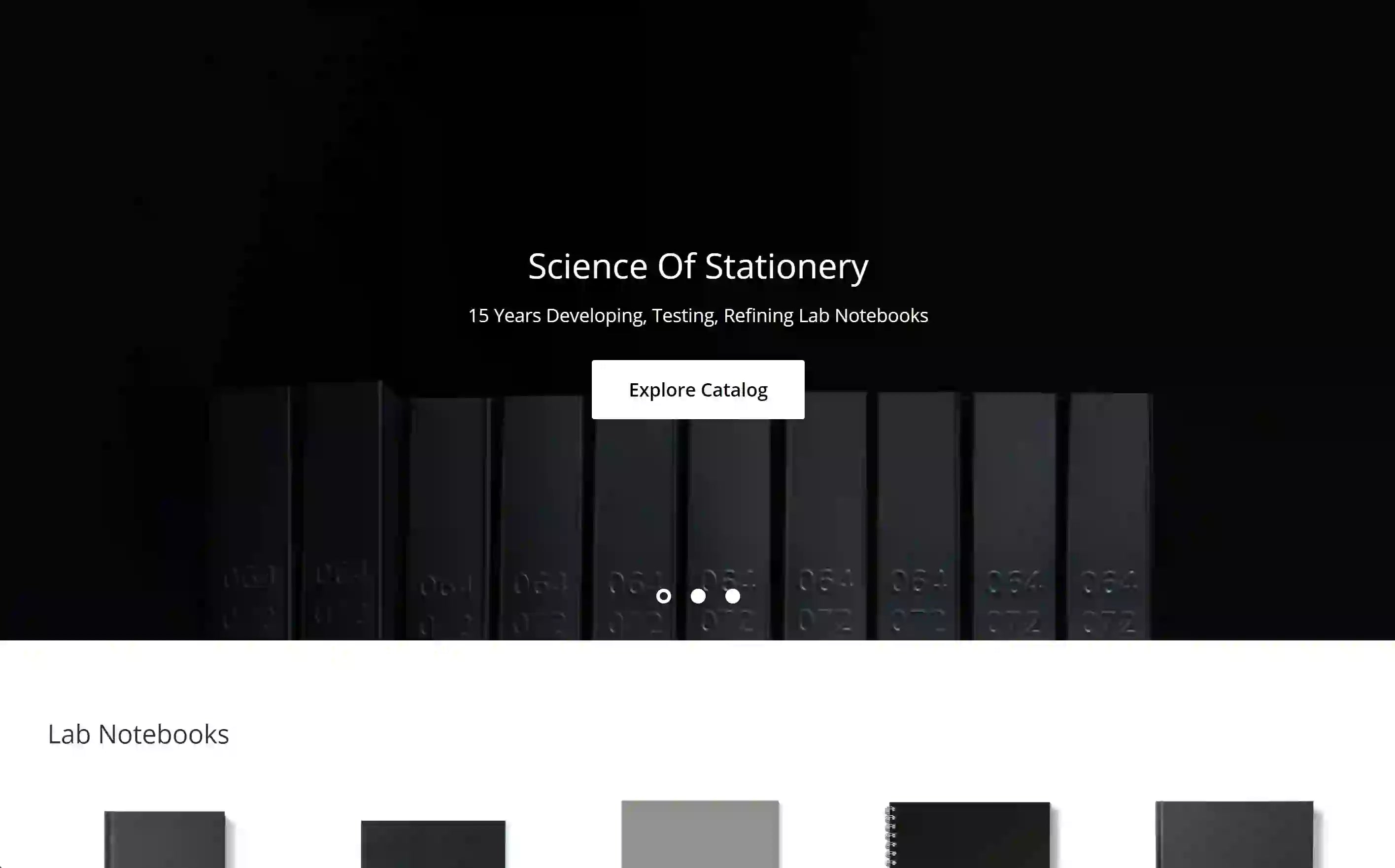In a laboratory environment, efficient organization is key to productivity and accuracy. One often-overlooked aspect of lab management is the archiving of stationery supplies. Properly archiving lab stationery not only ensures easy access to essential items but also helps in maintaining inventory accuracy and cost control.
In this blog, we'll explore some tips for effectively archiving lab stationery. Continue below to learn more.
-
Categorize by Usage Frequency: Start by categorizing stationery items based on their usage frequency. Items used daily or frequently should be readily accessible near workstations, while less frequently used items can be archived in designated storage areas.
-
Labeling and Inventory Tracking: Use clear labels and a systematic inventory tracking system for all archived stationery. Include information such as item name, quantity, expiration date (if applicable), and location within the storage area. Regularly update the inventory to track usage and replenishment needs.
-
Proper Storage Conditions: Ensure that archived stationery is stored in appropriate conditions to maintain quality and usability. Store items in climate-controlled areas to prevent damage from humidity, temperature fluctuations, or exposure to light. Use sealed containers or cabinets to protect items from dust, spills, and contamination.
-
Rotation and Expiry Management: Implement a rotation system for archived stationery to prevent items from expiring or becoming outdated. Use the "first in, first out" (FIFO) method to prioritize the use of older stock before newer ones. Regularly check expiration dates and dispose of expired items according to safety guidelines.
-
Optimize Space: Maximize storage space by organizing archived stationery in a logical and efficient manner. Use shelves, drawers, or storage bins with clear visibility and accessibility. Consider vertical storage solutions to save floor space and improve overall organization.
-
Regular Audits and Maintenance: Conduct regular audits of archived stationery to assess inventory levels, identify surplus or obsolete items, and make necessary adjustments to the inventory. Perform maintenance tasks such as cleaning storage areas, replacing damaged containers, and restocking supplies as needed.
-
Staff Training and Communication: Educate laboratory staff on the importance of proper archiving practices for lab stationery. Provide training on inventory management techniques, labeling standards, and safety protocols related to handling archived items. Foster open communication to address any issues or suggestions for improvement.
Stay Tuned for More Tips & Insights from VELA Sciences
By implementing these tips from VELA Sciences, you can streamline stationery management, reduce waste, and ensure that lab personnel have access to the right supplies at the right time.
Effective archiving of lab stationery contributes to a well-organized and productive laboratory environment. Browse our selection of lab stationery today!



